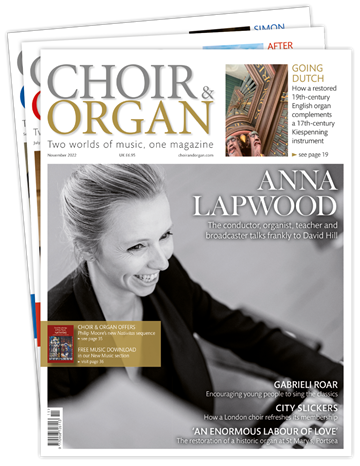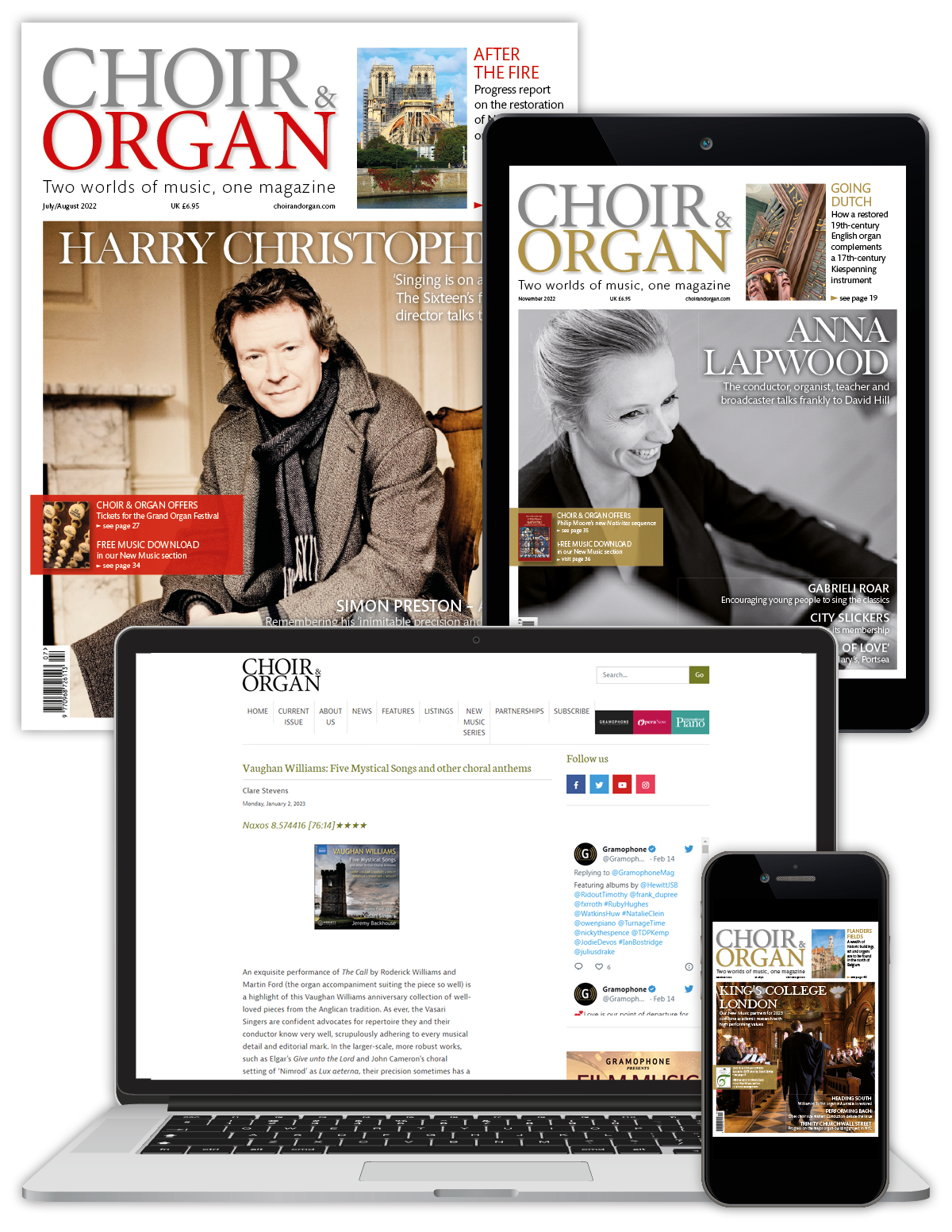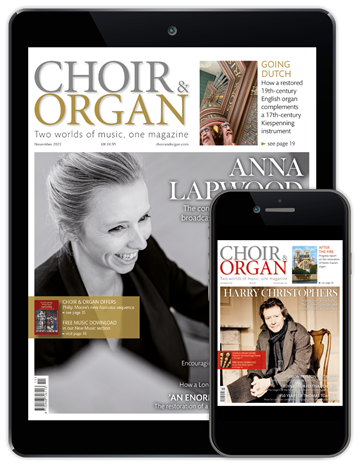Review - Retro Style (Wendy Markosky)
Chris Bragg
Friday, November 8, 2024

Wendy Markosky, Ahrend organ (2006), Rozsa Centre, University of Calgary, Canada
Wendy Markosky WM2024 ★★
Firstly, a gripe. Despite the repeated assertion on the CD cover, the lovely 2006 (Hendrik, not ‘Henrick’ or indeed ‘Hendrick’ as variously appear in the booklet) Ahrend organ in Calgary is emphatically not ‘neo-baroque’. Indeed, Jürgen Ahrend could accurately be described as the organ builder who, above all others, moved the Orgelbewegung beyond the neo-baroque idées fixes; not once did he build such an organ. In the context of 20th-century organ history this stuff matters. The presentation of this disc of mostly North German 17th-century literature is dubbed ‘retro style’ and the artist appears on the cover in highly stylised mid-20th-century dress, gloves, hat and all. For a disc of baroque, Lutheran, Hanseatic music the graphic design seems something of a non sequitur.
Wendy Markosky is professor of music at Burman University in Lacombe and is active as both organist and harpsichordist. Indeed, it is the most intimate music here, most closely associated with harpsichord idioms, in which Markosky’s light touch is most convincing: a Capriccio by Froberger, an Aria by Buxtehude. Elsewhere, her playing is unable to project strong contrasts of affekt, nor of rhythmic expression in Tunder’s splendid ‘Komm Heiliger Geist’ Fantasia (in which the two distinct roles of the pedal line must be more clearly delineated) or in Bruhns’ Praeludium in G in which the two repeated fugues (in quavers in 4/4 and then in crochets in 3/2) come out at virtually the same tempo and with much the same intention. A clever touch is the inclusion of Hugo Distler’s Partita on ‘Jesus Christus, unser Heiland’, in which the modified 1/5 comma meantone temperament adds unexpected colour, and with which Markosky’s ‘cool’ playing style is well matched. Ironically, music somewhat associated with the aesthetic of…the neo-baroque.






